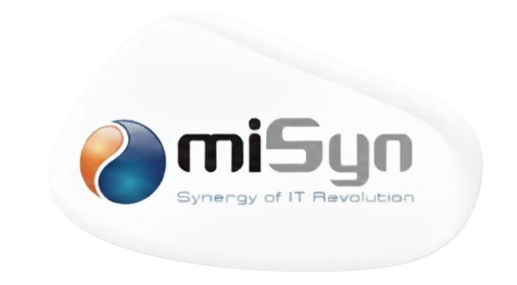When most people hear "blockchain", they think of cryptocurrencies like Bitcoin. However, the underlying technology — a decentralized, immutable, and transparent digital ledger — has profound implications for solving core challenges in insurance and wealth management, primarily around trust, efficiency, and security.
Blockchain’s value proposition lies in its ability to create a single, shared source of truth that is virtually tamper-proof and accessible to all permitted parties in near real-time.
Transformative Use Cases in Insurance
- Fraud Prevention and Detection: Insurance fraud is a massive, multi-billion-dollar problem. With blockchain, every policy, claim, and payment can be recorded as an immutable transaction. Attempting to submit the same claim to multiple insurers or falsify documents becomes nearly impossible, as the history is transparent and verifiable by all participants.
- Streamlined Reinsurance: The reinsurance process is notoriously complex and paper-based, with lengthy settlement cycles. A shared blockchain ledger between insurers and reinsurers can automate contract execution (“smart contracts”) and settlement based on predefined triggers, reducing disputes and administrative costs.
- Parametric Insurance & Automated Payouts: As mentioned in a previous post, parametric insurance relies on trusted data. Blockchain can act as the immutable source for that data (e.g., weather data from a certified agency) and house the smart contract that automatically executes and disburses payments to policyholders the moment the triggering event occurs, creating a truly frictionless claims experience.
Revolutionizing Wealth Management and Asset Tokenization
- Digital Identity and KYC/AML: A self-sovereign digital identity on a blockchain could allow individuals to control their own personal data. They could grant permission to a wealth manager to access their verified identity and compliance credentials (KYC/AML), drastically reducing onboarding time and duplication of efforts across different firms.
- Asset Tokenization: This is perhaps the most disruptive application. Tokenization is the
process of converting rights to a real-world asset (like real estate, a piece of art, or a private equity
fund) into a digital token on a blockchain. This can:
- Increase Liquidity: It allows for fractional ownership, making it easier to buy and sell portions of illiquid assets.
- Simplify Settlement: Trading these tokens can be automated with smart contracts, reducing the need for intermediaries and shortening settlement times from days to minutes.
- Enhance Transparency: The ownership history and rules of an asset are embedded in the token’s smart contract, providing a clear and auditable trail.
While regulatory hurdles remain, the potential is undeniable. Blockchain technology promises to strip out monumental inefficiencies, build unprecedented levels of trust through transparency, and create entirely new financial products and markets.

